Flux passing through the shaded surface of a sphere when a point charge is placed at the center is (radius of the sphere is )
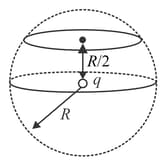


Important Questions on Electric Flux and Gauss's Law
A uniformly charged and infinitely long line having a linear charge density is placed at a normal distance from a point . Consider a sphere of radius with as the center and . Electric flux through the surface of the sphere is
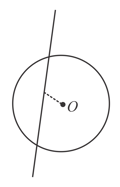
Two infinite sheets having charge densities and are placed in two perpendicular planes whose two-dimensional view is shown in the figure. The charges are distributed uniformly on the sheets in electrostatic equilibrium condition. Four points are marked and . The electric field intensities at these points are and , respectively. The correct expression for the electric field intensities is
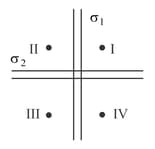
A positively charged sphere of radius carries a volume charge density (figure). A spherical cavity of radius is then scooped out and left empty. is the center of the sphere and that of the cavity. What is the direction and magnitude of the electric field at point ?
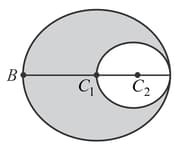
Consider an infinite line charge having uniform linear charge density and passing through the axis of a cylinder. What will be the effect on the flux passing through the curved surface if the portions of the line charge outside the cylinder is removed.
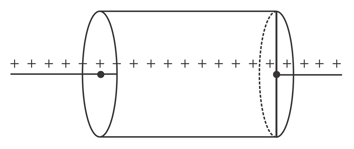
One-fourth of a sphere of radius is removed as shown in the figure. An electric field exists parallel to the plane. Find the flux through the remaining curved part.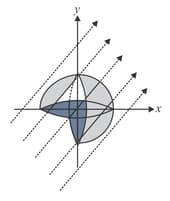
The negative charge is fixed while positive charge as well as the conducting sphere is free to move (refer figure). If the system is released from rest,

